By observing the interesting behavior of woodpeckers, we can see that their presence is not only an interesting sight, but also has a significant impact on the ecosystem.

Unique physiological and anatomical adaptations allow woodpeckers to swallow tree trunks with incredible force. The structure of the skull protects your brain when you hit a tree, and the "cranial tendon" system helps absorb shock and reduce the risk of concussion.
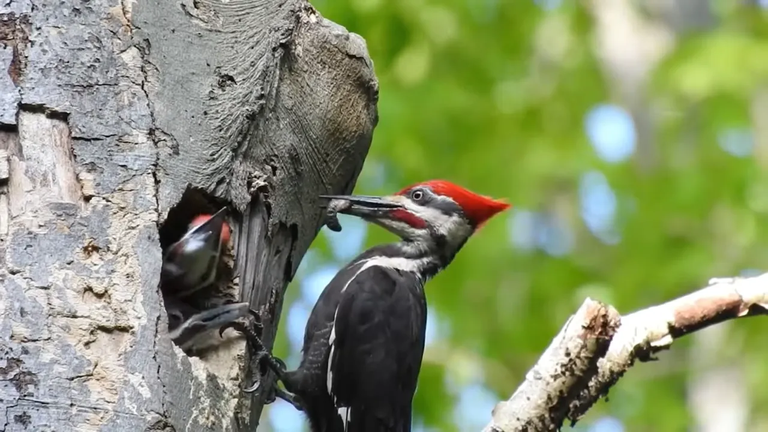
The nests they make in the holes in the trees are not just for them. This nest is where the eggs are laid and the young are raised. Interestingly, other species such as squirrels and other birds use these holes as shelters or nests.
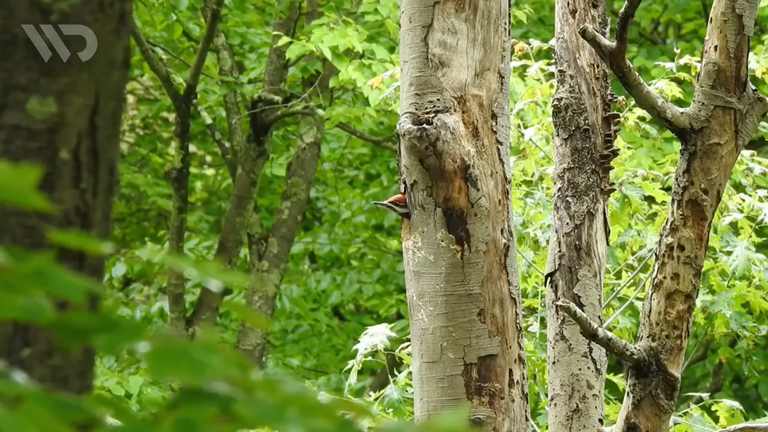
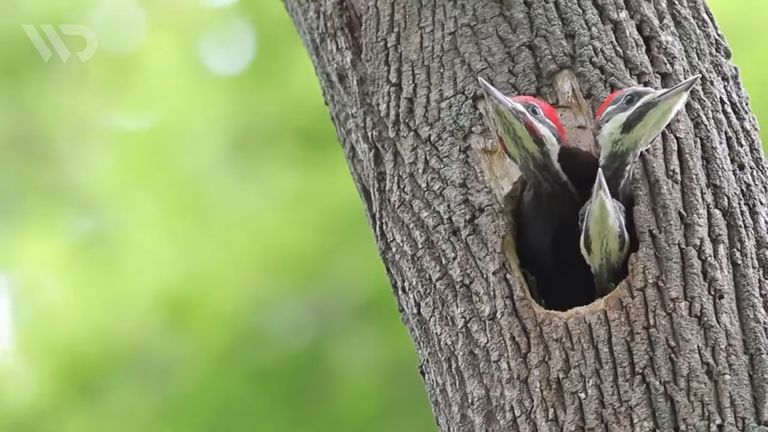
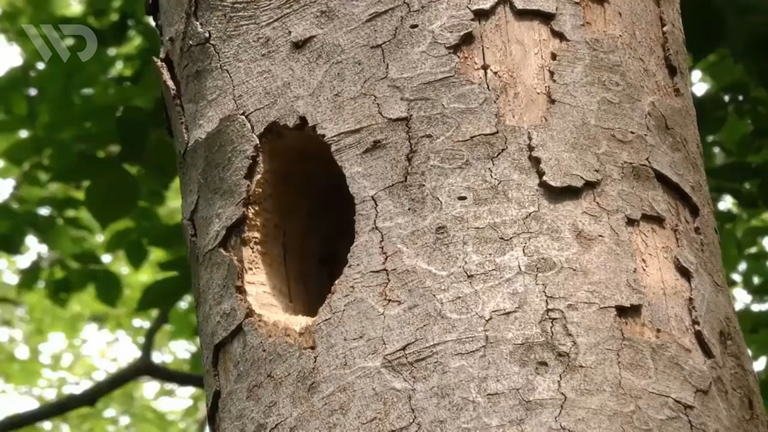
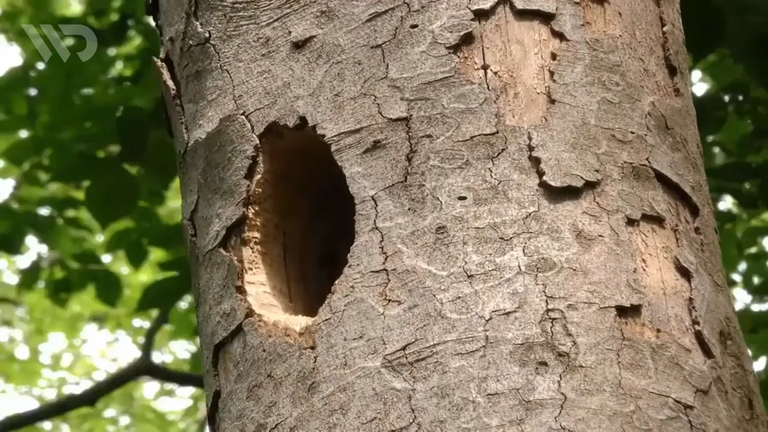
Additionally, the woodpecker's chewing behavior helps control pest populations that can damage trees. They find insects and grubs hidden in trees to provide food for their young and indirectly help maintain the balance of the ecosystem.

The amazing adaptations and behavior of woodpeckers are not only a unique example of biodiversity, but also reflect the important role they play in complex natural environments.

The woodpecker's amazing pecking technique not only creates a nesting and feeding ground for them, but also has an important impact on maintaining the balance of the ecosystem, so we can learn a lot from the bird's unique role in the complex natural environment.

best regards :@rinazubair
Are the photos yours @rinazubair..? some have a watermark ans some do not...🤔
I asked same question myself... 😳
@hive-106444 are you unsure of the ownership of the photos despite the watermarks or not? all have watermarks but they are not so obvious due to the reflected light and the sunny weather covering the marks